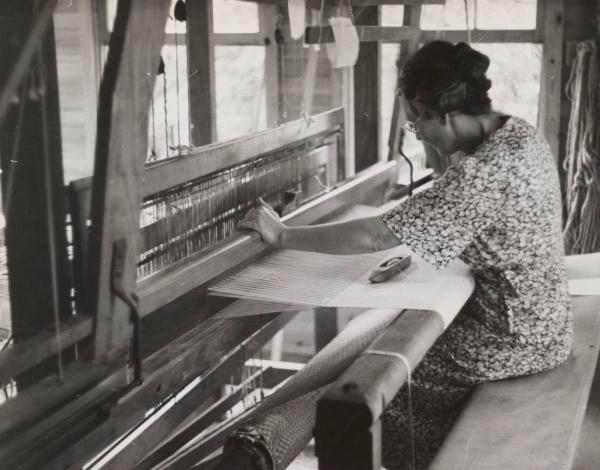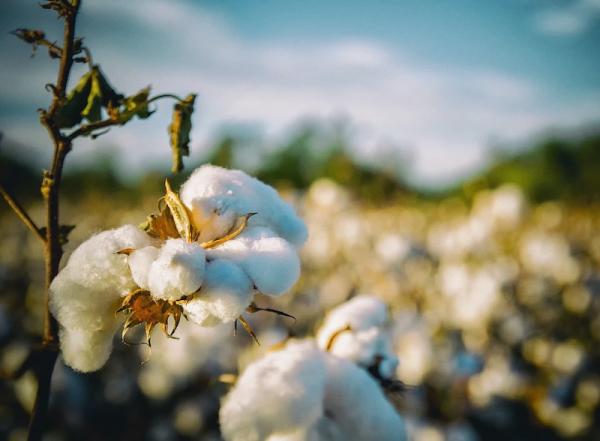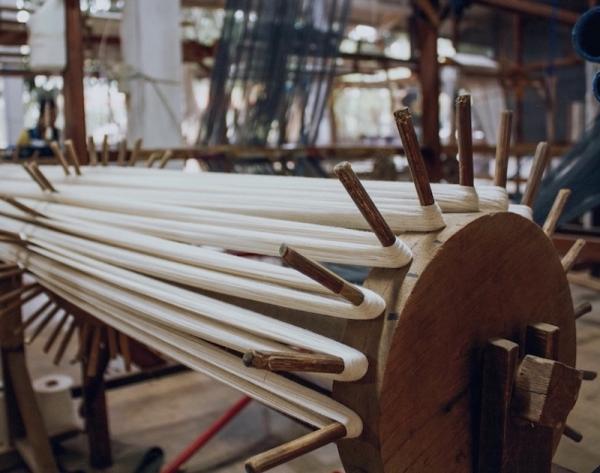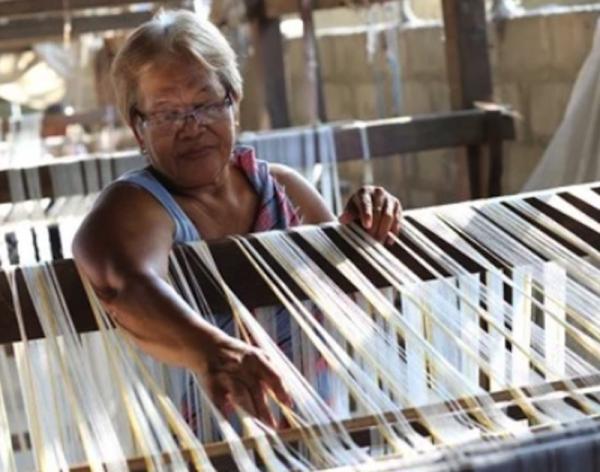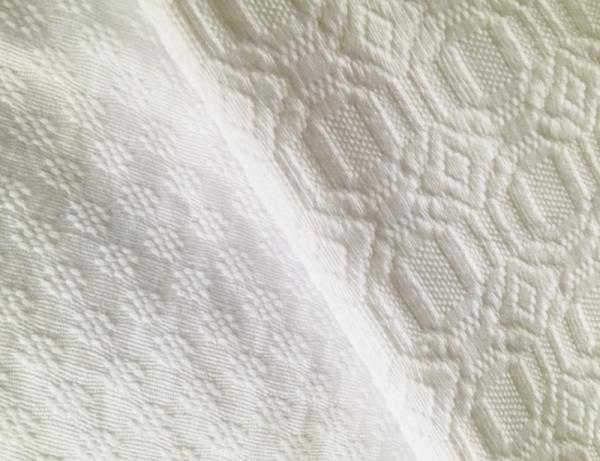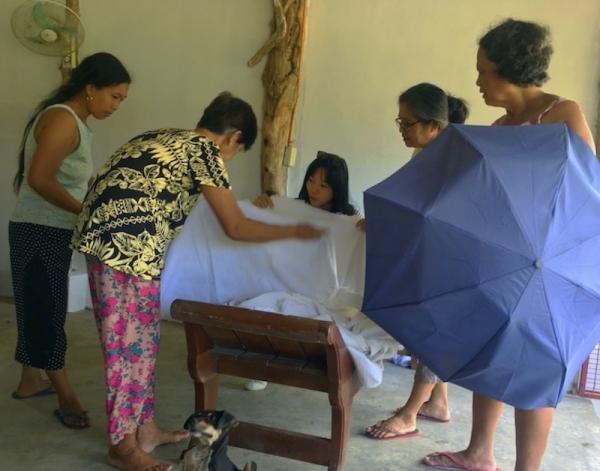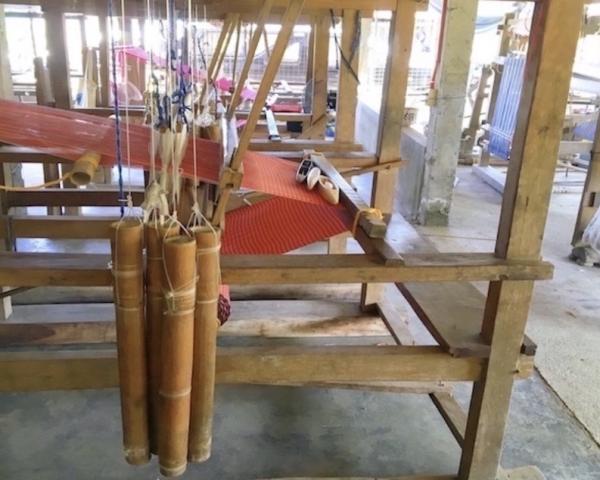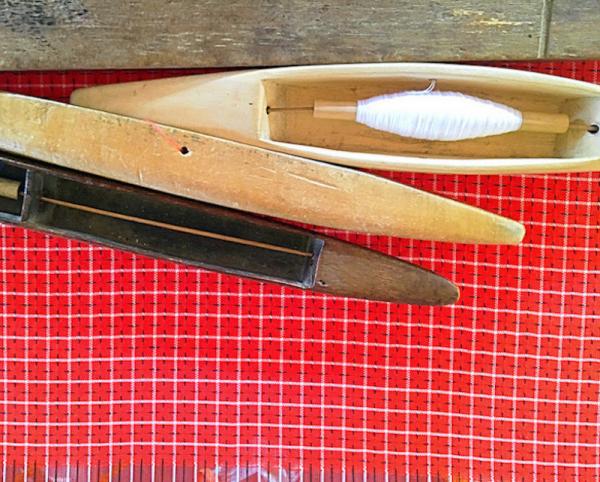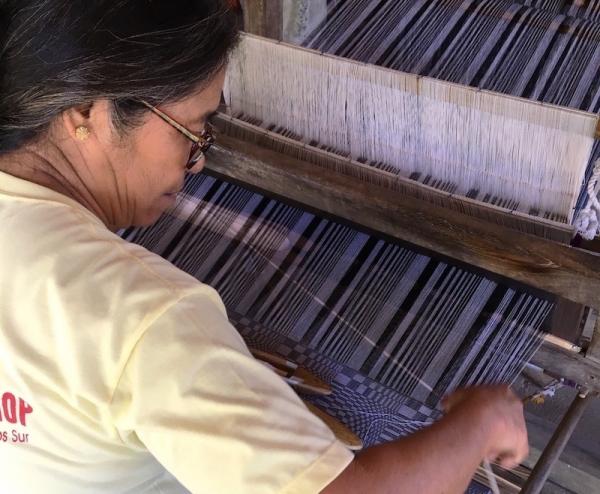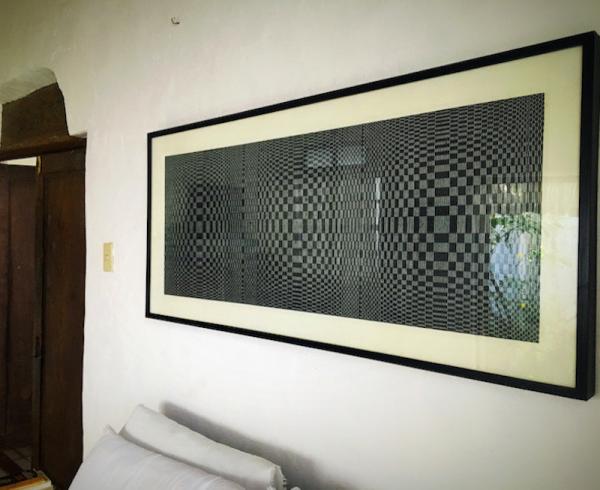Window decoration & Shop fitting - Handloom Weaving
Handloom Weaving
Handloom weaving in the Philippines is incredibly rich and diverse, varying in patterns, materials and techniques across the many indigenous groups in the archipelago. From the mountains of Kalinga all the way down to the islands of Sulu, the tradition of weaving is a beautiful manifestation of these communities’ histories, beliefs and identities.
Native Filipinos use cotton, piña, abaca and silk, among other fibers to weave different products used for everyday life. These various products include pieces of clothing called kamiseta and saya (a traditional blouse and skirt for women), barong (a national dress of the Philippines), blanket, towel, placemat, handkerchiefs, “kulambo” or mosquito net and more.
Here, our team collaborate with handloom weavers from all across the country to develop, produce, and market sustainable, fair trade products that responsibly tap a community’s skills and resources.
Inabel
The inabel is one of the many prides of the Ilocos region in the Philippines. “Abel” is the Ilocano word for weave, and “inabel” can be interpreted to mean any kind of woven fabric. In the world of weaving however, inabel is particularly used to refer to textile that is distinctly Ilocano in origin.
Inabel fabric is made of cotton and may be plain or patterned. The abel cloth is well known and much loved for its softness, beautiful designs, and strength.
Ilocos weavers use hardwood pedal looms, employing different design techniques. The binakul pattern, a dizzying pattern, is meant to ward off and distract evil spirits, protecting the wearer. Other patterns include the multi-heddle design technique, the pinilian or brocade weave, the suk-suk or discontinuous supplementary weft technique, and the ikat tie-dye technique. Each province has its own distinct design style.

